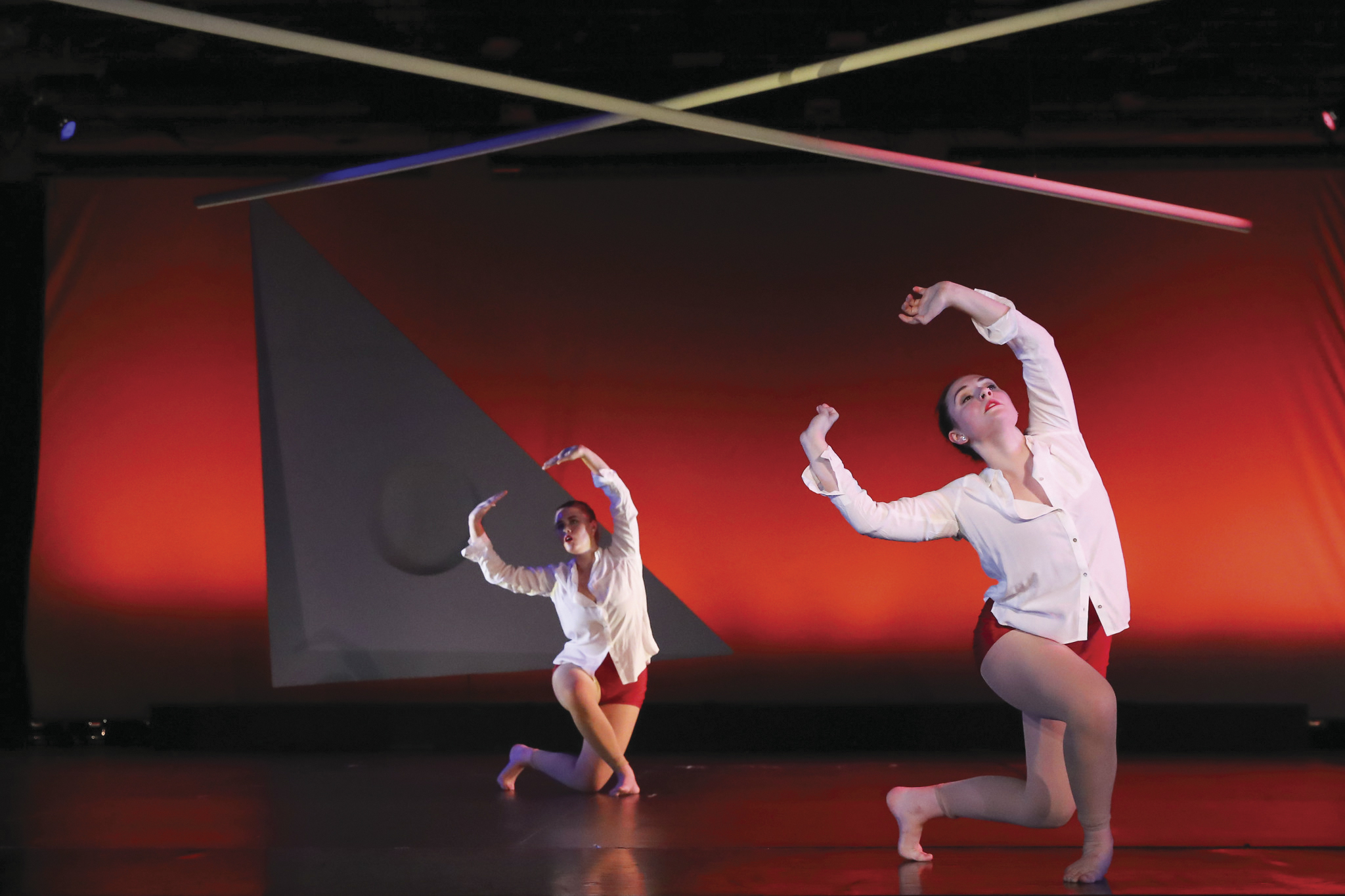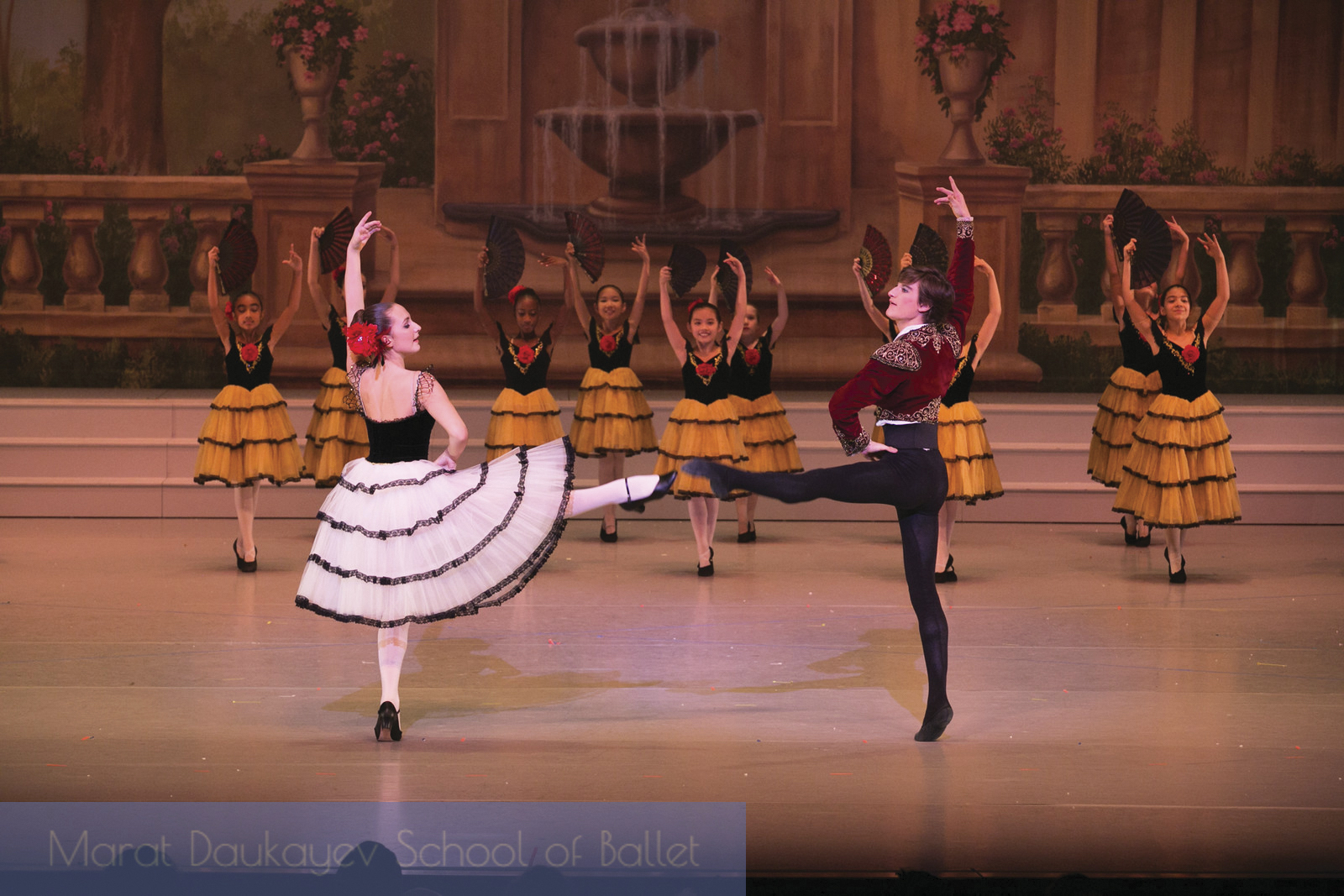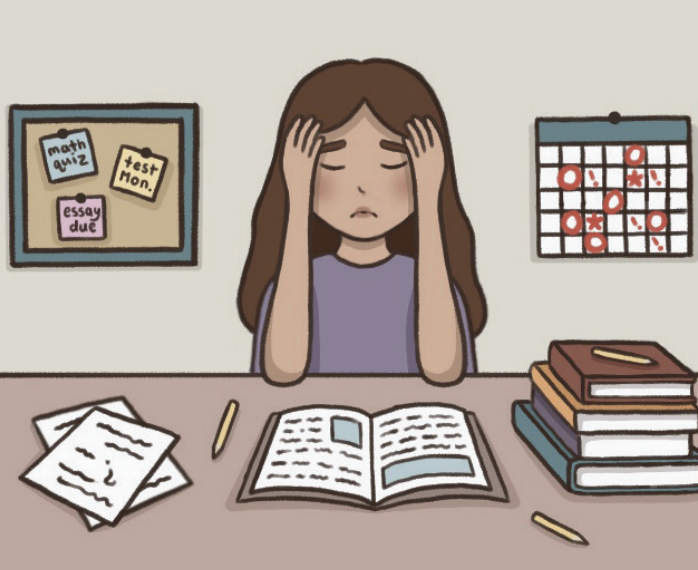By Joely ’19
Going through puberty is notoriously emotionally challenging for teens, but doing so in a body-hugging leotard in front of a giant mirror exacerbated my existing insecurities. I thought my changing body looked too lumpy compared to everyone else in the light purple leotards, so I wore the same leotard every day—the only one I could tolerate my body in. Looking at myself in the mirror caused me so much discomfort that I wore warm-up clothes whenever I could get away with it. This habit and lack of confidence stuck with me for quite a while and ultimately hindered my improvement as a dancer. I began to define my success not by how well I was actually dancing, but by how satisfied I was with the way my body looked. I, as well as most of my dance friends, saw body confidence as an attribute reserved for those who already had the perfect ballet body rather than a tool for any dancer who wanted to see improvement in and enjoy the art.

Dance, like most other arts and sports, requires you to identify your flaws and weaknesses in order to correct them. In my opinion, a general desire to improve is a positive attribute. However, when it comes to dance—which is dependent on the way the body looks when it moves—it is all too easy to focus on the ‘flaws’ of the physical appearance of the body rather than actual technical weaknesses. In conjunction with pressure from instructors and diet culture among dancers, the world of dance can often feel like a confidence-draining abyss.
Ballet seems like it’s designed to make you hate your own body; the only way to improve is to identify your flaws and take action to correct them. I started actively hating my body when I was 10 years old, but the seed was planted much earlier. Most everywhere I looked—older dancers, instructors, parents, friends—I saw the ramifications of diet culture and body standards directed towards women, as most little girls do. I now know that ballet did not single-handedly cause me to be ashamed of my body, but self-deprecation and the idealization of thinness in ballet encouraged a mentality of body-hatred.

Dance has stripped me of my confidence at some points, but it has also helped me heal my toxic relationship with my body by forcing me to confront my physical appearance for the sake of doing what I love. I know the most regret I could ever feel is if I let how I view my body keep me from dancing, which is an important part of my life. My past two and a half years as a member of Dance Dimensions have proved to me that dance does not have to include the art of self-loathing. From all my years of dancing, I am certain that I have improved more in the past two years than in my whole life, because of a company and curriculum that fosters positivity and determination rather than an atmosphere of self-doubt. Despite what I had previously thought, having body confidence as a dancer is a tool that encourages technical improvement and should be encouraged throughout the dance world in order to produce more self-assured, capable dancers.



